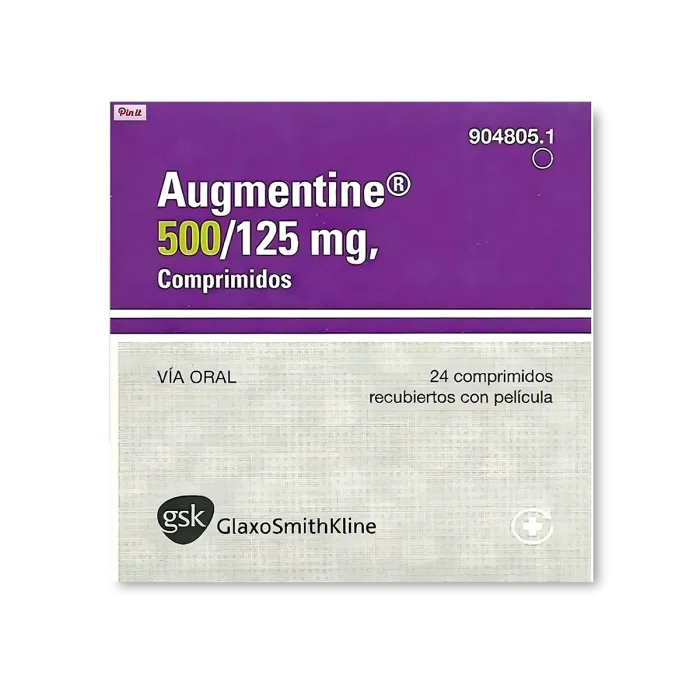Acute Pelvic Inflammatory Disease (PID) is a serious bacterial infection that affects the uterus, fallopian tubes, and ovaries in females.
It often occurs from untreated Sexually Transmitted Infections (STIs) caused by Chlamydia or Gonorrhea.
This condition requires immediate medical care as it can lead to severe complications, including infertility and chronic pelvic pain.
This article explores acute PID symptoms and treatment options essential for immediate treatment and effective management.
Understanding Acute Pelvic Inflammatory Disease
Acute Pelvic Inflammatory Disease (PID) occurs when bacterial infection from the vagina or cervix moves upwards into the reproductive organs, leading to inflammation and infection.
Women who engage in unprotected sexual activity or have multiple sexual partners, as well as those who have a history of previous Pelvic Inflammatory Disease or STIs, are at a higher risk for acute PID.
However, it’s essential to understand that acute PID is not only caused by sexual activity.
Other factors, such as childbirth, pelvic procedures, or a weakened immune system, can also lead to its development.
Recognizing acute PID symptoms and risk factors is important for timely diagnosis and treatment to prevent further complications.
Save up to 90% on your medicine bills

Augmentin 500/125 Mg

Azax 500 Mg

Cephadex 500 Mg

Norflox 200 Mg
Signs and Symptoms of Acute Pelvic Inflammatory Disease
 Source: africa_images
Source: africa_imagesCommon indicators of acute Pelvic Inflammatory Disease (PID) include pain along the lower abdomen that is often severe and constant, accompanied by fever and abnormal vaginal discharge.
Women may also experience pain during intercourse or urination.
Additionally, they might notice irregular menstrual bleeding or spotting.
In severe cases, symptoms may include Nausea, vomiting, and chills.
It is important to recognize these signs and symptoms immediately to diagnose PID early and begin treatment to prevent potential complications.
To find out what symptoms of Pelvic Inflammatory Disease are, read Exploring Pelvic Inflammatory Disease Symptoms
Complications Associated with Acute PID
Short-term complications may include the formation of abscesses and, in severe cases, septic shock, a life-threatening condition characterized by critically low blood pressure.
Long-term consequences may display as infertility, chronic pelvic pain, and an increased risk of Ectopic pregnancy.
It is important to seek immediate and effective treatment to minimize these complications and safeguard reproductive health.
Do you want to know how PID is linked to infertility? To find the answers, Read Can PID cause infertility? Unveiling the link.
Acute PID Treatment Options
 Source: getty_images
Source: getty_imagesImmediate and appropriate treatment is essential for addressing acute Pelvic Inflammatory Disease (PID) to prevent complications and promote recovery.
The primary approach is to prescribe customized antibiotic therapy to target the underlying infection.
Usually, a combination of antibiotics effective against the most common causative agents, such as Sexually Transmitted Infections, is given.
The administration of these antibiotics may be oral or intravenous, depending on the severity of the condition.
Along with antibiotics, it is essential to manage pain and discomfort, which often involves over-the-counter or prescription pain medications.
In severe cases or when complications arise, hospitalization and surgical interventions may be necessary to control the infection and relieve symptoms.
To learn more about PID treatment options, read Exploring Pelvic Inflammatory Disease Treatments
Conclusion
Acute Pelvic Inflammatory Disease (PID) is a serious infection that affects the uterus, fallopian tubes, and ovaries in females.
It is commonly associated with STIs like Chlamydia and Gonorrhea but can also come from other bacterial sources.
Typical symptoms include lower abdominal pain, fever, and abnormal vaginal discharge.
Timely recognition of symptoms can help prevent severe complications like infertility and chronic pelvic pain.
Effective management of infections requires customized antibiotic therapy and pain management strategies.
However, hospitalization and procedures may be necessary to reduce the risk of long-term complications in severe cases.

Frequently Asked Questions
How long does it take to recover from acute PID?
The recovery time for acute Pelvic Inflammatory Disease (PID) varies depending on the severity of the infection and how promptly it’s treated.
With appropriate antibiotics and management, most individuals can expect improvement within a few days to weeks.
However, complete recovery may take several weeks to months.
Can I still get pregnant if I have had acute PID?
Yes, pregnancy is still possible after having acute Pelvic Inflammatory Disease (PID), but the risk of infertility increases if the condition is left untreated or if there are complications.
It’s essential to seek immediate medical treatment for PID to minimize the risk of long-term fertility problems.
Are there any long-term effects of acute PID?
Yes, untreated acute Pelvic Inflammatory Disease (PID) can lead to long-term complications, including chronic pelvic pain, infertility, and an increased risk of Ectopic pregnancy.
Timely diagnosis and treatment are essential to minimize the risk of these long-term effects and preserve reproductive health.
Can acute PID recur?
Yes, acute Pelvic Inflammatory Disease (PID) can recur if the underlying causes, such as untreated Sexually Transmitted Infections, persist.
Recurrence may also occur if previous infections are not completely eradicated or preventive measures are not taken.
Regular screening, treatment of infections, and practicing safe sexual behaviors can help prevent recurrence.
Can men get acute PID?
No, Acute Pelvic Inflammatory Disease (PID) primarily affects the female reproductive organs.
However, men can harbor the bacteria responsible for PID and transmit them to their sexual partners.
While men don’t develop PID, they can experience symptoms of the underlying infections, such as Urethritis or Epididymitis. Immediate treatment is essential for both partners.
Cheap Medicine Shop only refers to credible, authoritative sources for our content. If you’re curious about how we ensure the integrity of our content, we encourage you to read our Content Information Policy.














